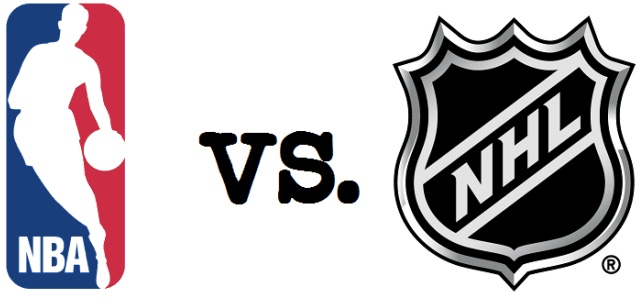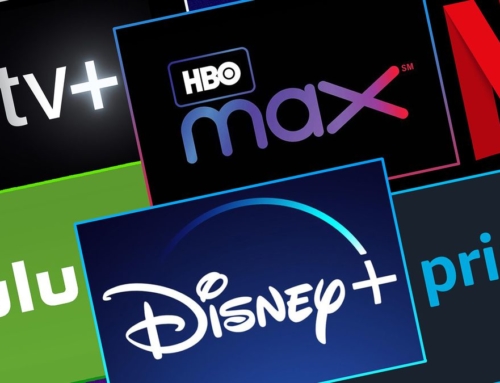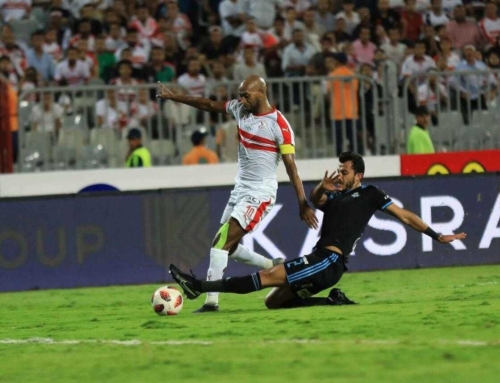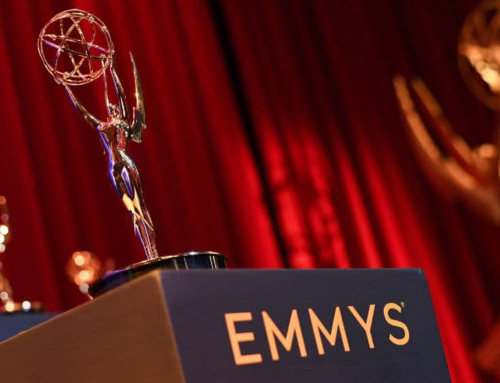

Introduction
Although the draft process in any professional sporting league is easily seen as an entry point for amateur athletes to transition to the world of professional athletics and the stardom that comes with it, being drafted as a young athlete is the culmination of years of hard work and persistence. In considering this, draft processes have become more and more of a spectacle, often taking up prime-time slots in televised specials. Most recently, the NBA and the NHL held their draft events for the 2018-19 season. Here, we look at what those processes involve for both leagues, and what they mean for the eligible young athletes and their burgeoning careers.
Eligibility
Both leagues strive to make the eligibility process as simple as possible in an effort to recruit the best players. For the NHL, players must be 18 years of age on or before September 15th and no older than 20 years of age as of December 31st of the draft year. The most noticeable exemption to this rule is that non-North American players over the age of 20 are eligible to be drafted. In the NBA, players must be out of high school for one year and must be 19 years of age by the end of the calendar year. This age limit is said to give prospective basketball players the opportunity to play at least one year of college basketball, which is largely seen as the entry point into the NBA.
Although eligibility rules can be considered to be quite lax, only a select few are actually considered for each league’s draft in what becomes a highly publicized event. This is especially true for the NHL Draft, which culminates after seven rounds, compared to the NBA’s two rounds. The ease through which the NBA draft operates is due to the fact that the majority of players are drafted directly out of the NCAA or — in the case of international prospects — from other professional leagues. Contrary to this, eligible players for the NHL Draft are sourced from a wide array of junior and collegiate leagues in North America making the selection process more varied and diverse.
Similarly, both leagues host their drafts following the conclusion of the regular season. These drafts are conducted in the style of a lottery, which is designed to favor the teams who had the weakest performance in the previous season.
Process
Prior to 1995, the NHL Draft operated based on the team standings at the end of the season. In an effort to make the system more fair for the teams, in 1995 the league changed their draft to a lottery which only allowed teams who hadn’t made it to the playoffs to participate. In 2013, the rules of the lottery were simplified and allowed the winner of the lottery to have the first pick in the draft, followed by the remaining 14 teams who did not qualify for the playoffs. As of 2016, guidelines were adapted once more, allowing for three winners of the first-round lottery.
The NBA preceded the NHL by introducing their lottery in 1985. Prior to this the draft selection was conducted by a coin-flip in which the teams who performed the poorest in the season in each division would flip a coin to determine who would have the first pick in the draft. The NBA changed to a lottery system following criticism that teams were purposefully performing poorly in order to get the first pick in the draft the following season.
Following these parameters, both leagues host their drafts in the form of prime-time televised spectacles meant to entice viewers and increase the fandom for each respective sport. A great deal of speculation is often placed on who will be drafted, what pick they will be drafted at, and which team they will be drafted by. Subsequently, the televised drafts have been produced in a way that draws on this anticipation.
Results
It is at the point of a player being drafted that the leagues diverge paths most noticeably. In the NBA, a player usually starts playing for their drafted team in the season immediately following the draft. This signifies the player officially having become a professional athlete. While this is often considered to be a momentous leap in a young athlete’s career, the drawback comes if the player does not end up with a contract with the NBA. In this case, they are no longer able to return to the NCAA, as after being drafted a player can no longer be considered an amateur athlete. In this scenario, the player can be assigned to the D-league affiliate of the respective NBA team. This creates a moderate risk for athletes who are drafted to the NBA.
Comparatively, athletes drafted to the NHL take on less risk but are placed in a more precarious position. Following the draft, there is no immediate guarantee that the player will play in an NHL game. Although the player has been drafted, they need to be signed to the team before they can play. The team is given two years from the day of the draft to complete the process of signing the player to the team. Following the signing, the player is not considered a professional player, nor does their contract become active, until they have played nine professional games. Although the guidelines vary depending on where the player is originally from, these are the standard procedures. Unfortunately, this puts drafted players in a possible state of limbo. However, players in the NHL are given more freedom due to the fact that even after being drafted they are still able to return to a junior or collegiate league.
Summation
All in all, there is no denying the momentous occasion that comes with being drafted to a professional team no matter what sport the athlete plays. The spectacle that the drafts produce, for both the NBA and the NHL, is indicative of the amount of persistence these young players devote to their athletic careers. Although the draft is only the first stop in what will hopefully become a prosperous career for these athletes, it is undoubtedly a milestone. Given the changes that the draft process has undergone through the years in both leagues, this milestone has been crafted into one that will be remembered.










